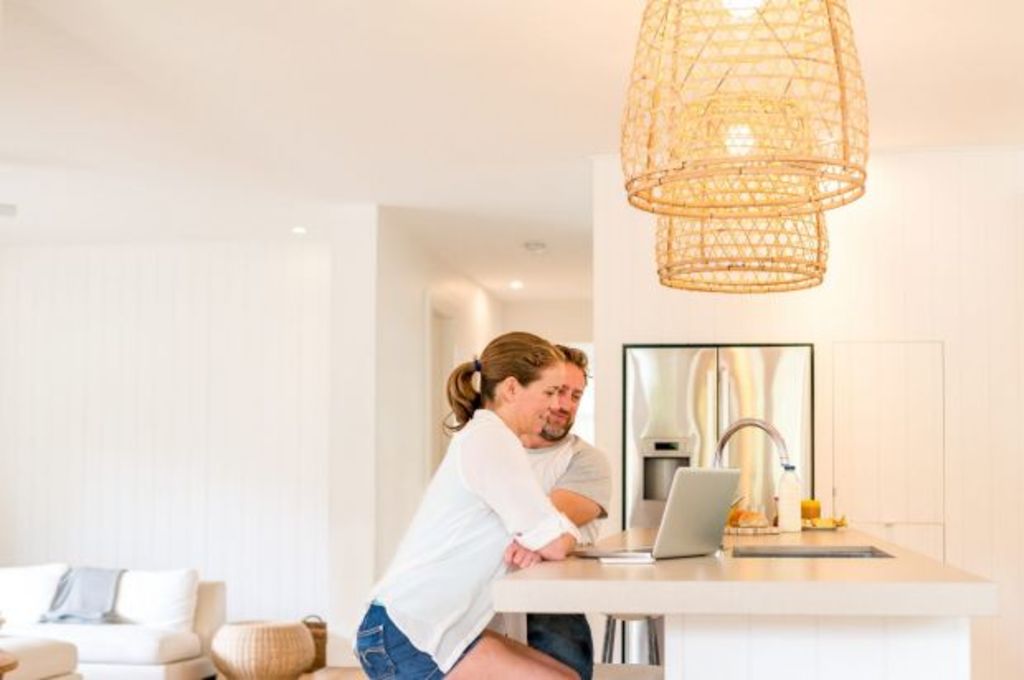Expert tips on how to find and build your dream home

Buying a house and land package can be great value for homebuyers looking for a brand-new home in a growing neighbourhood. Unlike pre-owned property, house and land homes are customised to individual buyers’ needs and are built and appointed with current fittings and components.
So, what are the right steps to take when purchasing a house and land package? Here, we look at what research needs to be done, how the process works and how buyers can find an estate that’s right for them.
Choosing an estate
New housing estates are commonly found on the outskirts of cities, although some are located in metropolitan areas. Developments take place on two types of site: a greenfield site, which is land that is as yet undeveloped; and a brownfield site, which is previously developed land that is to be built over or regenerated.
Developers either purchase land that is released by the government or buy it privately. They then subdivide the land and lay down infrastructure such as roads, utilities, water and sewage, before selling off the lots.
Prior to considering any estate, make sure it aligns with your lifestyle, advises Metricon’s NSW general manager, Luke Fryer.
 If the estate is new or in its early phases of development, you should also investigate the master plan for the area.
If the estate is new or in its early phases of development, you should also investigate the master plan for the area.
“Is it located near the facilities and services you require, such as shopping centres, public transport, main roads, parks, playgrounds and schools?” he says. “If the estate is new or in its early phases of development, you should also investigate the master plan for the area and the long-term vision… so you can discover what amenities are coming and are planned.
“Once you gather all this information, you’ll be able to make an informed decision about how the estate suits your lifestyle, now and in the future.”
Finding the perfect block
Don’t make the mistake of thinking all blocks of land are the same. They are likely to differ in size, orientation, greenery, gradient and proximity to amenities.
All of these factors can influence the design of your house and the price of its construction. Orientation, for example, plays a critical role in energy costs.
“Home orientation is an important thing to think about as it can affect how much natural light comes into your home, which can also affect your home’s energy rating and heating and cooling bills,” says Fryer.
Importantly, you must ensure your land is ready to build on. Check with the planning department of the local council to find out if the block is zoned for building, cleared and levelled, and has water, power and sewerage connected so building can start.
If you want independent information on the block, hire a land surveyor to measure the site, determine boundaries and assess any slopes in the land.
 Home orientation is an important thing to think about.
Home orientation is an important thing to think about.
Do your research
Next, you need to look into the reputation of the developer and the builder, recommends Miriam Sandkuhler, founder of buyers’ advocacy firm Property Mavens.
“Doing your own research on the developer and builder is paramount because you need to know they’re reputable and they’re going to work to time and do a good job,” she says.
“You can ask very direct questions of the salespeople who are actually trying to get you to sign up; things like, ‘Where is the proof of the work you’ve done?’ and, ‘Do you have any customer testimonials?’.”
Drive to previous projects completed by the same developer and builder and, as much as possible, inspect their handiwork. Sandkuhler also suggests knocking on doors and asking residents about their experiences to get a first-hand account from other buyers.
She also recommends speaking to local real-estate agents about sales patterns in the area – whether they have been rising or dropping – and ask what kind of home sells well.
Even at the final stages of the negotiations, buyers need to do their own research. Look over contracts with a fine-tooth comb and pay a conveyancer to do the legal legwork.
Getting the price right
Housing-estate developers will either build ready-made homes and sell them together with the land or give buyers a selection of home designs to suit the block of land they want.
To ensure you are paying a fair price, Malcolm Gunning, president of Real Estate Institute of Australia, recommends comparing house and land packages with market rates.
“Because it’s a package deal, you would expect it’s cheaper to buy than paying for house and land separately, but that may not be the case,” he says. “First of all, you should split the home and land package into two parts. One is the current market value for a similar block without the house package and the second is what just the house package is worth.
“What you’re doing is making sure that what’s been offered compares favourably.”
We recommend
States
Capital Cities
Capital Cities - Rentals
Popular Areas
Allhomes
More







